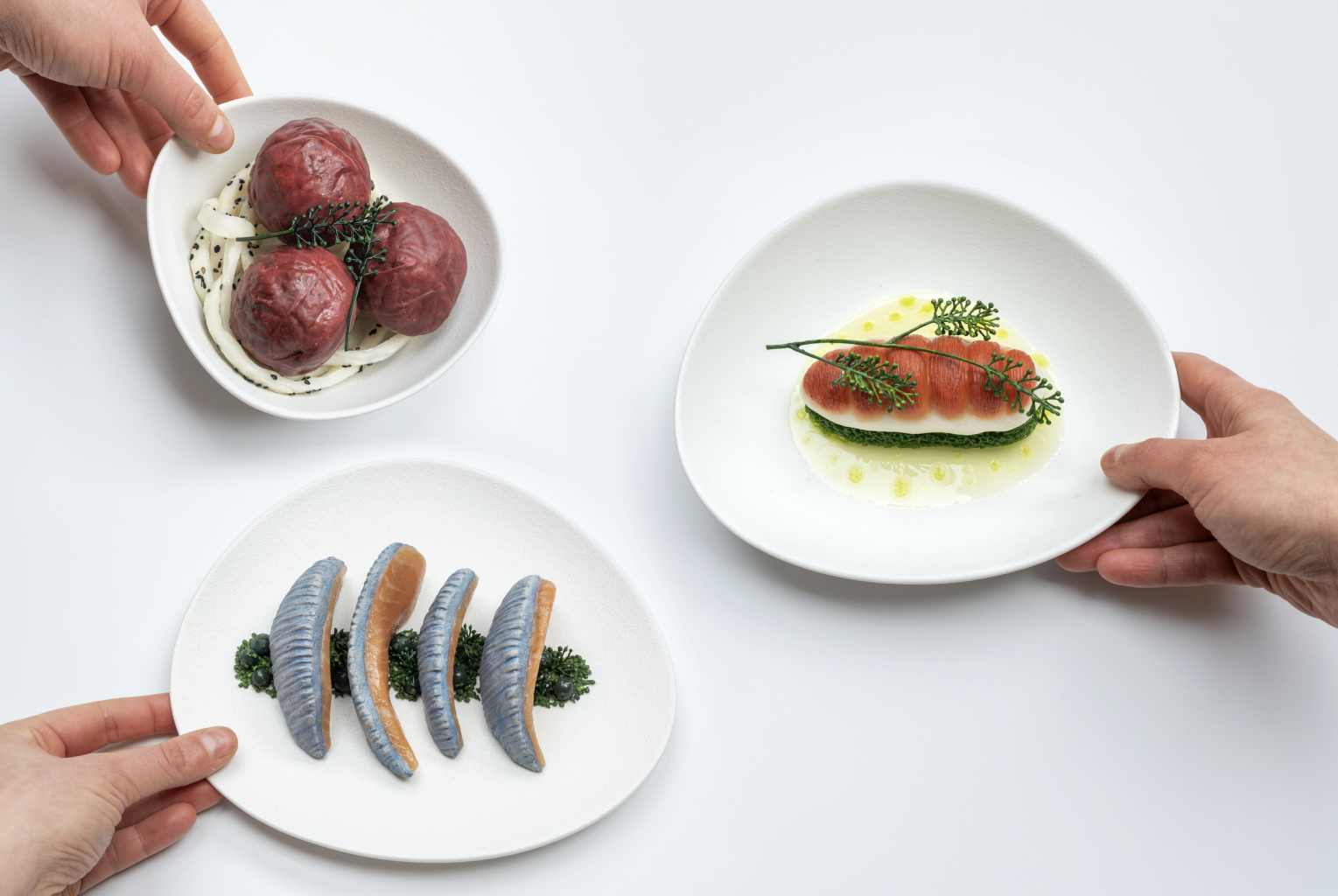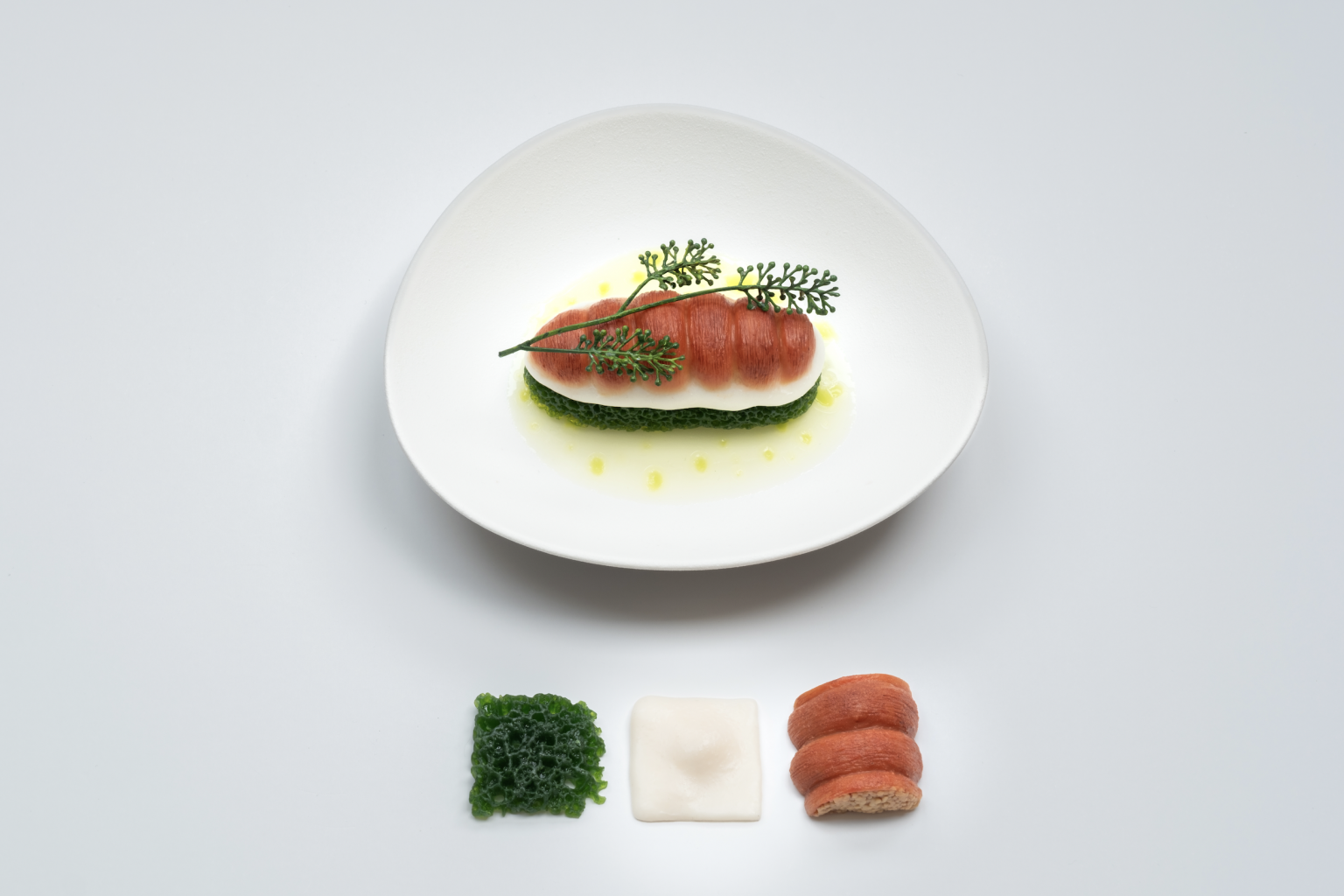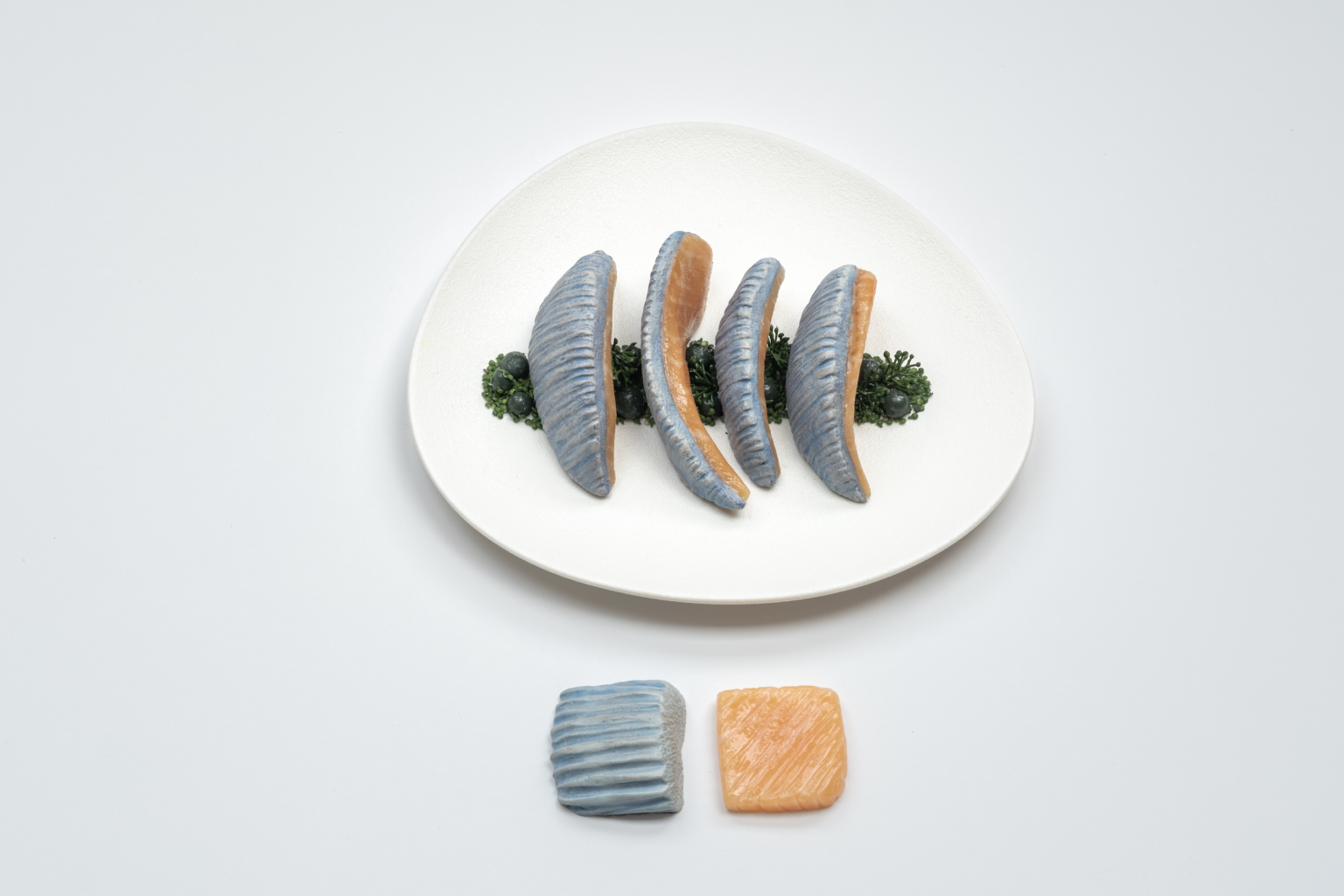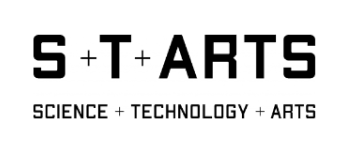Scenario 1: The Microbial Renaissance: A Culinary Tech Revolution
By Chloe Rutzerveld
THE MICROBIAL RENAISSANCE: A CULINARY TECH REVOLUTION
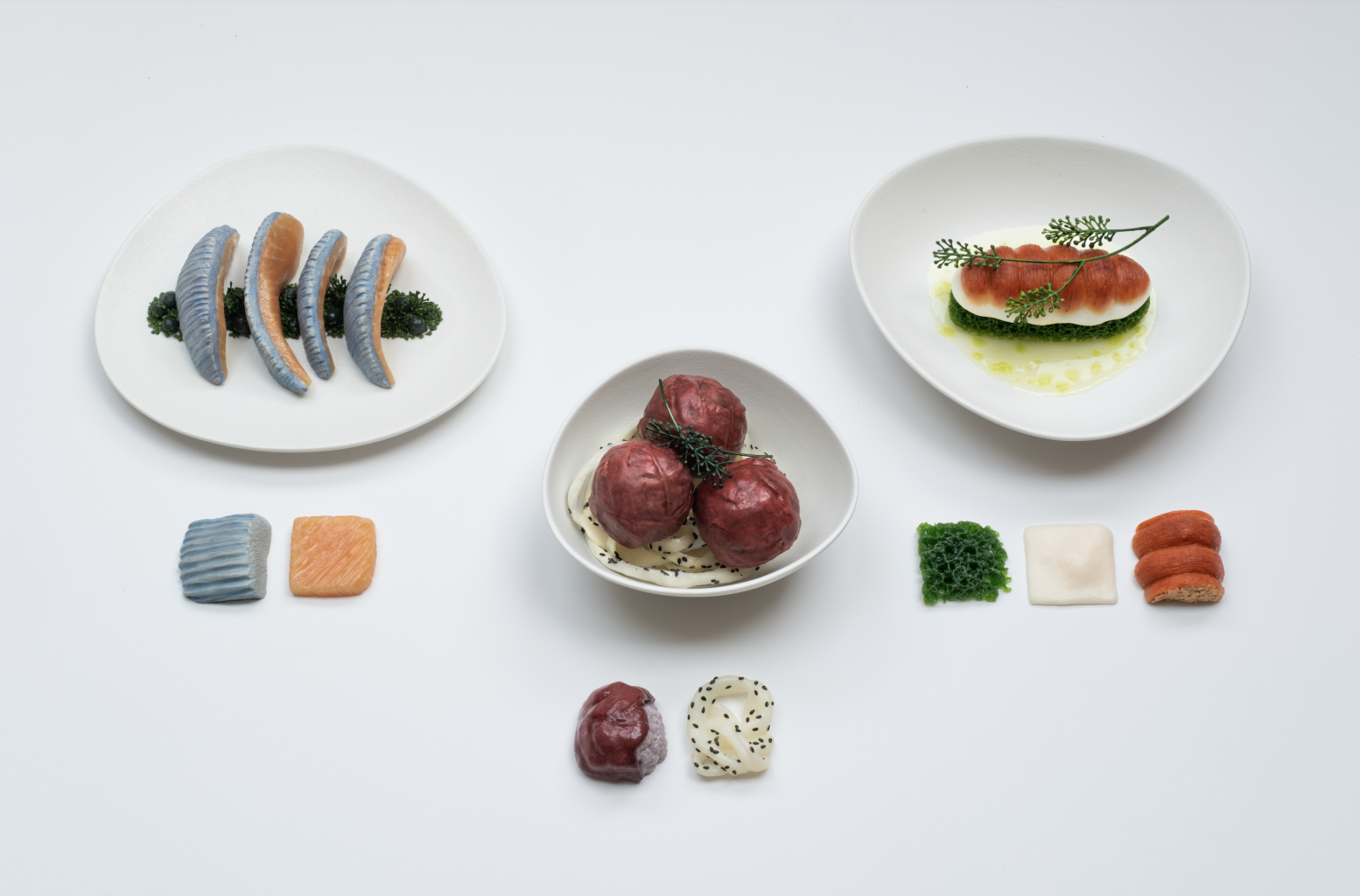
The Microbial Renaissance marks a transformative era in culinary practices and sustainable food innovation, with the culinary arts seamlessly transitioning to cutting-edge technology. The use of animal-based ingredients and the depletion of our natural resources have become outdated practices. What if we replace animal-based products with biologically identical ingredients synthesized directly by microorganisms, paving the way for a more sustainable world? Microbes, including bacteria, yeasts, fungi, and microalgae, can be used as ‘cell factories’. Scientists can ‘program’ these organisms to produce a specific protein, carbohydrate, fat, vitamin, or aroma in a growth tank. This is called precision fermentation. After harvesting the ingredients, they can take on any shape, flavor, and texture we want using digital production techniques. However, imagining interesting, novel food products that do not resemble existing products but still look edible is very difficult. By making smart use of artificial intelligence tools, we can go beyond the limitations of our own imagination and revolutionize the products we consume. But just adjusting our diet is not enough for this culinary transformation. A cultural revolution is needed – one that involves the entire community and generates enthusiasm for an alternative approach to food production, cooking, eating, and social interactions around food. In the age of the Microbial Renaissance, each moment becomes an exploration, every dish a creation, and every encounter a celebration of the boundless possibilities unlocked by the wondrous world of microbial-based foods.
The physical models, inspired by AI generated images, serve as examples of novel protein products made from microbially produced raw materials combined with the use of a digital database of food properties and additive manufacturing techniques.
